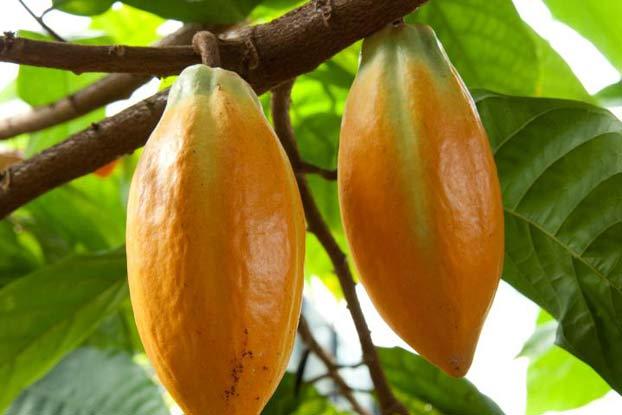Kilimo Sasa Fund, a Non-Governmental Organisation that promotes use of bio-organic fertilizer is targeting 99,000 famers to grow cocoa for commercial purposes in Kilifi County.
“We are targeting to produce 40,000 to 50,000 tonnes of cocoa in the first harvest before we consider expanding to other regions,” said Gary Stubley, the Chief Executive Officer of the company.
The crop will be grown as an alternative source of income for farmers in the region who have been relying on cashew nuts as a cash crop till the government banned the crop’s export in 2009 as farmers fell cashew nut trees to burn charcoal due to low production.
Cocoa matures in two and half years, has a lifespan of 30 to 40 years and is harvested twice in a year.
Kilifi has a humid climatic condition with sandy loam soils favorable for the growth of cocoa. The county’s average annual rainfall ranges from 300mm in the mainland to 1,300mm at the coastal belt while annual temperatures range between 21 degrees Celsius and 30 degrees Celsius in the coastal belt and between 30 and 40 degrees Celsius in the main land.
Kilimo Sasa Fund will partner with the Kenya Agricultural and Livestock Research Organization who will be certifying the seeds bought from Ghana while the Community Agriculture Resources Development Programme will mobilize farmers to grow the crop.
Related content
International companies launch satellite imagery technology to help cocoa farmers up yields
Cocoa in a world of global environmental changes – time for “uncommon collaboration”

Cocoa crop
According to the International Cococa Organisation market review, the crop’s prices rallied by nine per cent from US$2,083 to US$2,269 per tonne in London and by three per cent from US$2,178 to US$2,238 per tonne in New York by the end of February in reaction to prospects of an increasing demand coupled with adverse weather conditions that occurred in some West African cocoa growing regions such as Ghana and Nigeria.
With the 2018/19 main crop drawing to a close, arrivals data show that, Côte d’Ivoire, the world largest producer of the crop is about to top its record cocoa production established during the 2016/17 crop year at 2.020m tonnes. As at 10th March 2019, cumulative arrivals at Ivoirian ports were seen at 1.587 million tonnes, up from 1.441 million tonnes recorded during the same period last season.
In Ghana, production is expected to remain stable despite a drought, as the country continues with the implementation of its Production Enhancement Programmes (PEP). Over the same timeframe, Nigeria’s output is expected to move downward by 10,000 tonnes to 245,000 tonnes.
It is projected that processing activities will grow by 1.6 per cent to 1.737m tonnes in Europe and by 4.3 per cent to 1.096m tonnes in Asia and Oceania whereas an increase of 1.9 per cent to 981,000 tonnes is anticipated in Africa. In the Americas, with the operations of Ferrero in Canada, processing activities are forecast to expand by 3.1 per cent to 899,000 tonnes as compared to the level attained in the same period of the previous season.
















Comments (2)
Comments powered by CComment